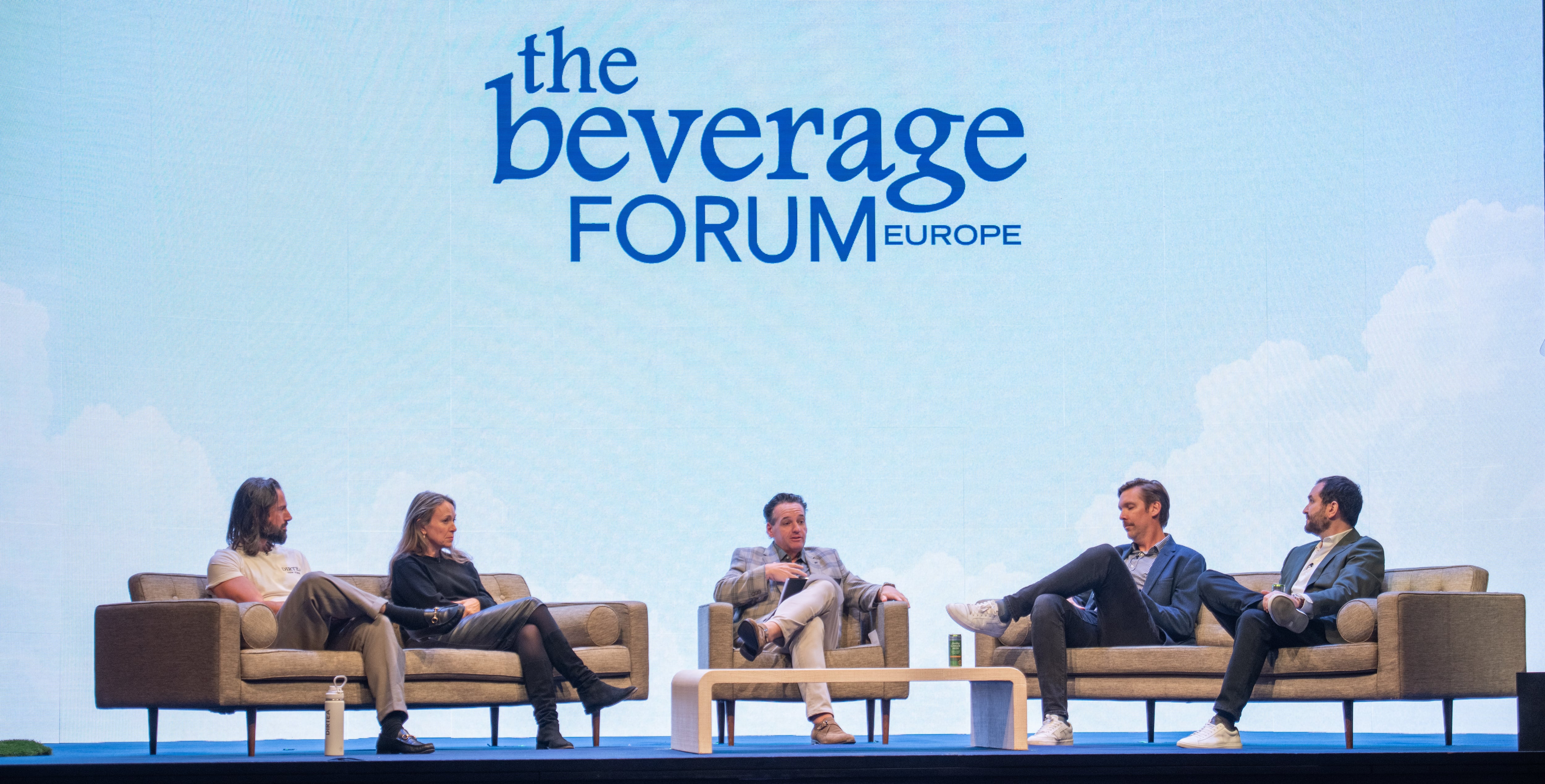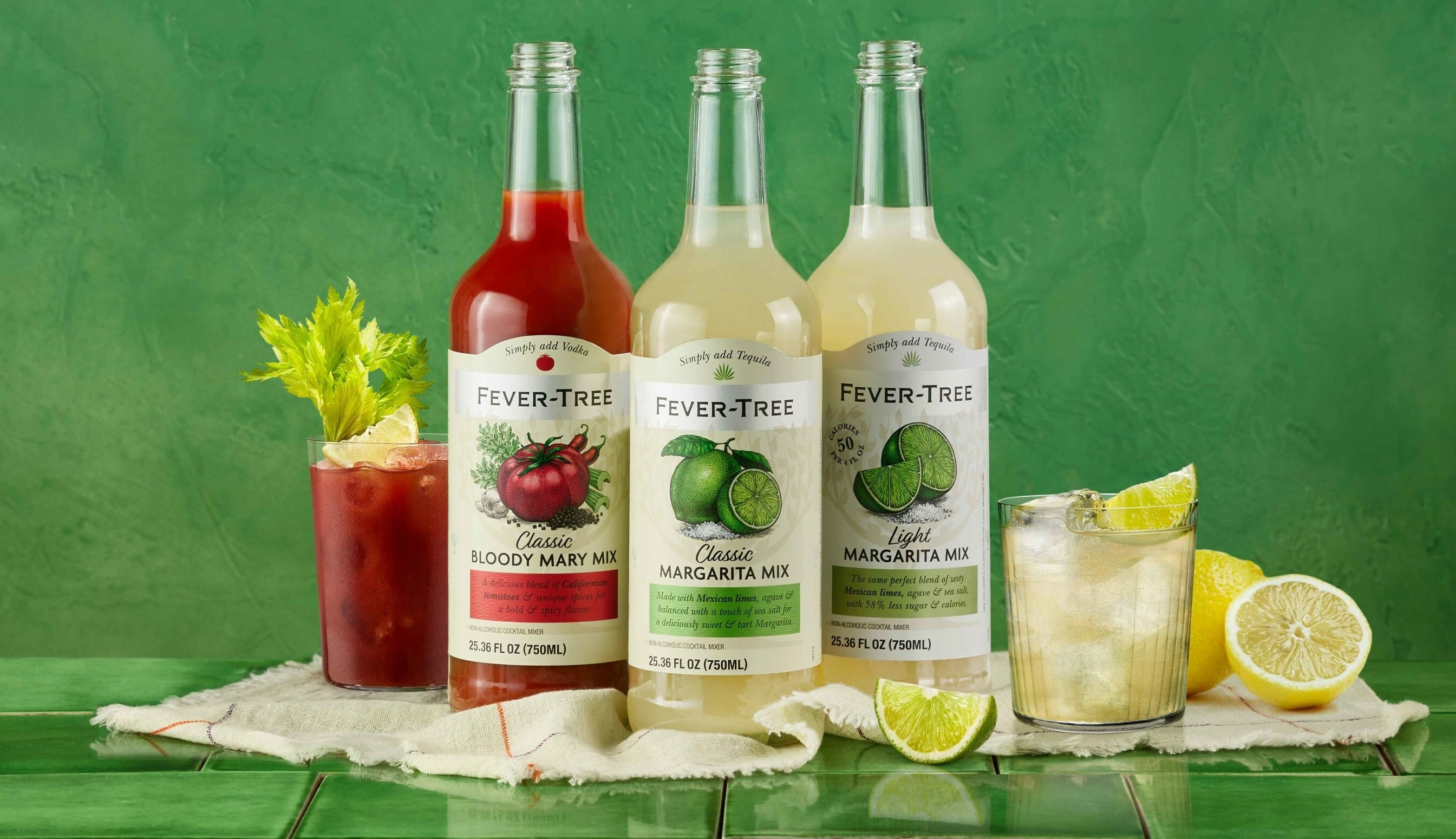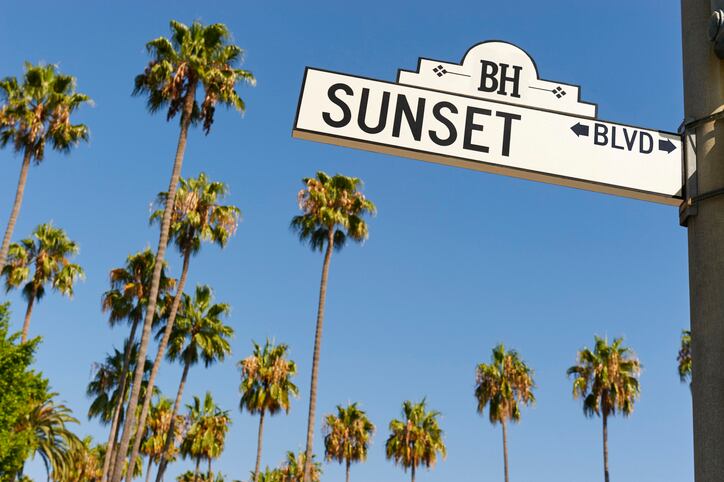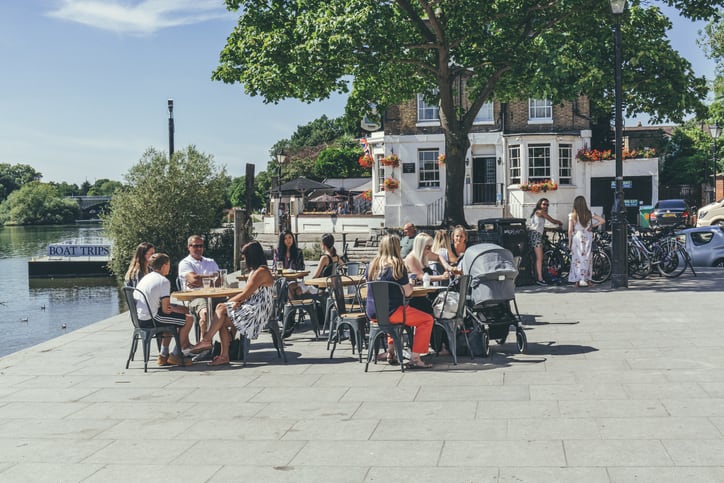Entrepreneurial British beverage brands are making it big in America including Scottish brewer Brewdog; functional drinks brand Trip; meal-shake brand Huel; non-alcoholic spirit Seedlip; tonic and mixer brand Fever-Tree and many more.
Yet none of them would say the journey across the pond has been plain sailing.
The same overarching macro-trends might shape the market on both continents: such as health and wellness; a drive towards functionality; and sustainability. And all consumers want great tasting beverages.
But sharing their experiences at The Beverage Forum - the beverage executive conference that’s been held in LA for the past three decades and which last week hosted its inaugural Europe event - beverage entrepreneurs highlight that entering the US can be complex.
Their experiences are varied and come from across different categories, but there’s one common theme: don’t expect the US to be exactly like the UK.
Seedlip: Focus on US drinking trends
Alcohol-free pioneer Seedlip put its first products into the UK market in 2015; following into the US market in late 2016. This was still when the moderation movement was in its infancy in the UK – and even smaller in the US.
“We had a very unusual opportunity of being the first in the US,” explained Emma Wykes, the former COO of Seedlip. “We had about two years in the US where there was no competition. So we got to make loads of mistakes! We started with a small food distributor: then we realized we needed to be in beverage alcohol because Seedlip needed to show up alongside alcohol, it was the same occasion.
“Everything that takes a month in the UK will probably take a year in the US. It’s a much slower process and a lot more red tape to get through. Make sure you do your compliance before you get there: don’t try and wing it at customs.”
Seedlip launched in the UK during the gin boom. But it found this love of gin was extremely British.
“We took all the learnings from the UK and we thought: we’ll behave like a gin,” said Wykes. “But in the US no-one was drinking gin.
“But as soon as we started behaving like a vodka and showing up in vodka-style drinks, we started to gain traction.
“So although we speak the same language it’s very different at a cultural level. So you shouldn’t just assume what works in the UK will work in the US.”

Fever-Tree: Pick your focus markets
Fever-Tree launched in 2003 with the simple premise of making the mixer as good as the spirit it was being mixed with.
The brand saw great success in the UK; before launching stateside in 2018 (the brand has since teamed up with Molson Coors to propel the brand further across the US).
“When Fever-Tree first journeyed across the pond, it came with product, but without people,” said Judd Hausner, managing director, North America of Fever-Tree.
“And what we learned as a company is that brands really cannot be built by distributors. No matter how great the distributor, there was no way to fully realize its potential without that.”
The key, he said, was to have people on the ground to bring the brand to life.
Like Seedlip, its focused its activities around popular US cocktails and drinks.

Hausners’ top advice is to refrain from thinking about the US as one big country.
“It’s not 50 states, it’s 50 countries,” he said. “The regulations, but also the behaviors, the routes to market, and all the twists and turns that come with that.”
For Fever-Tree that was an important part of its growth strategy. Although the drink was distributed nationally, it decided to focus on core key markets to build up the brand.
“Rather than spread our team across, we went a mile deep into New York, into LA, San Francisco, Miami, and a few other markets and really kept it tight. Built the best practice, starting in the high end on-trade, working with amazing retailers, focusing less on mass distribution and really impactful placement.”
Trip expands supermarket listings in the US
Functional drink brand Trip launched in its home market in 2019 and quickly became the UK's top selling CBD brand.
It expanded to the US just two years later with a $5m fundraise and exclusive partnership with Soho House Group.
It's accelerating its expansion this fall with listings in Whole Foods Market, H-E-B, Spec's, Total Wine, United Supermarkets, Wegmans, Mother's, Giant and Haggen joining Target and Sprouts.
Having already reached $100m in revenue in 2025 profitably, the brand's expanded US footprint means it is forecasting more than $200m in 2026.
Meanwhile, Trip Cherry Lemon launches exclusively in Whole Foods Market this month.
Expanding functional wellness in the mainstream: Dirtea
Functional mushroom brand Dirtea launched in the UK in 2021. Its catapult to success came when it opened the world’s first mushroom bar in Selfridges in 2022: helping introduce the concept of functional mushrooms to British consumer and establishing the category.
In the UK it took the time to build up interest and trust in mushrooms: launching into the US in 2023 was a different story.
“We were a first mover in the UK, and that is a very expensive scenario with a lot of mistakes and a lot of learnings,” said Andrew Salter, co-founder.
“I used to talk about first mover advantage. Now I talk about second mover advantage. We’re going to the US, where mushroom coffee is going mainstream. It’s not just LA, it’s not just New York, the US is waking up to functional mushrooms. As a result we’ve already got a massive audience over there and we’ve got immediate traction.”
And yet, like Hausner of Fever-Tree, he highlights the potential pitfall in thinking of the US as one big market. His advice is to think carefully about where to launch.
“The obvious place for a wellness brand like ours is to start in LA,” he said. “But I’ve spent years in LA building other brands and I feel it exists in a world of its own. The time difference is a killer, the mentality is LA and nothing else.
“LA might be the capital of wellness, but New York is the capital of culture. I think it’s a place with a lot more global mindset, and where you can really build on the ground.”
And the strategy appears to be paying off: last month, the brand announced a nationwide rollout with American health and wellness retailer, The Vitamin Shoppe.
Bouncing back from failure: Brewdog
Brewdog was founded in 2007 and quickly gained fame with its quality beer and maverick marketing tactics. But expanding abroad needed more than that. And the founding duo, James Watt and Martin Dickie, had to learn quickly.
Excited to launch in the US, the entrepreneurs shipped their first batch of beer - representing a huge commitment for a small business - only for it to arrive ruined.
“It got there, we tasted the beer, and it tasted terrible. We had to cancel all the distribution, events, my trip was cut short after two days,” said Watt. It was, essentially, a disaster.
But the duo learned from the experience and didn’t give up on the US potential: and is now ranked as one of the top 50 craft brewers in the US .
Building up a D2C business first: Huel
Huel was founded in the UK in 2014, quickly expanding to the US and further afield.
And Huel’s secret to success - in all its expansion markets - was its D2C business.
“Having the D2C business has been great for us,” explained Brian Hopkins-Parkinson, global retailer director.
“Huel went international pretty early, in the first few years. So we’ve been in the States for several years, building a presence.
“Before we even got in shelves in the States, we had a chance to speak to our customers directly, find out exactly what they’re after. A lot of our markets, we’ve gone direct to consumer first, then gone to retail.
“In the US, it’s a completely different world… size and scale of market, size and scale of the country. The UK market is very centralized, concentrated; the US you have a lot of choices to make.”
But the company’s success in the US now also shapes its product back in the homeland: It’s even launched some products in the US first, before bringing them to the UK.


